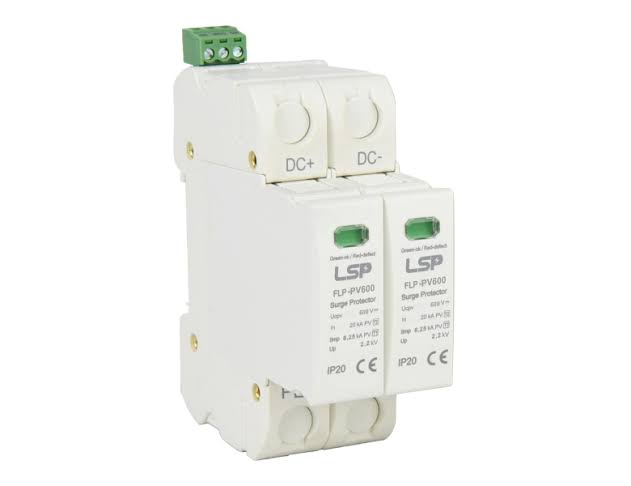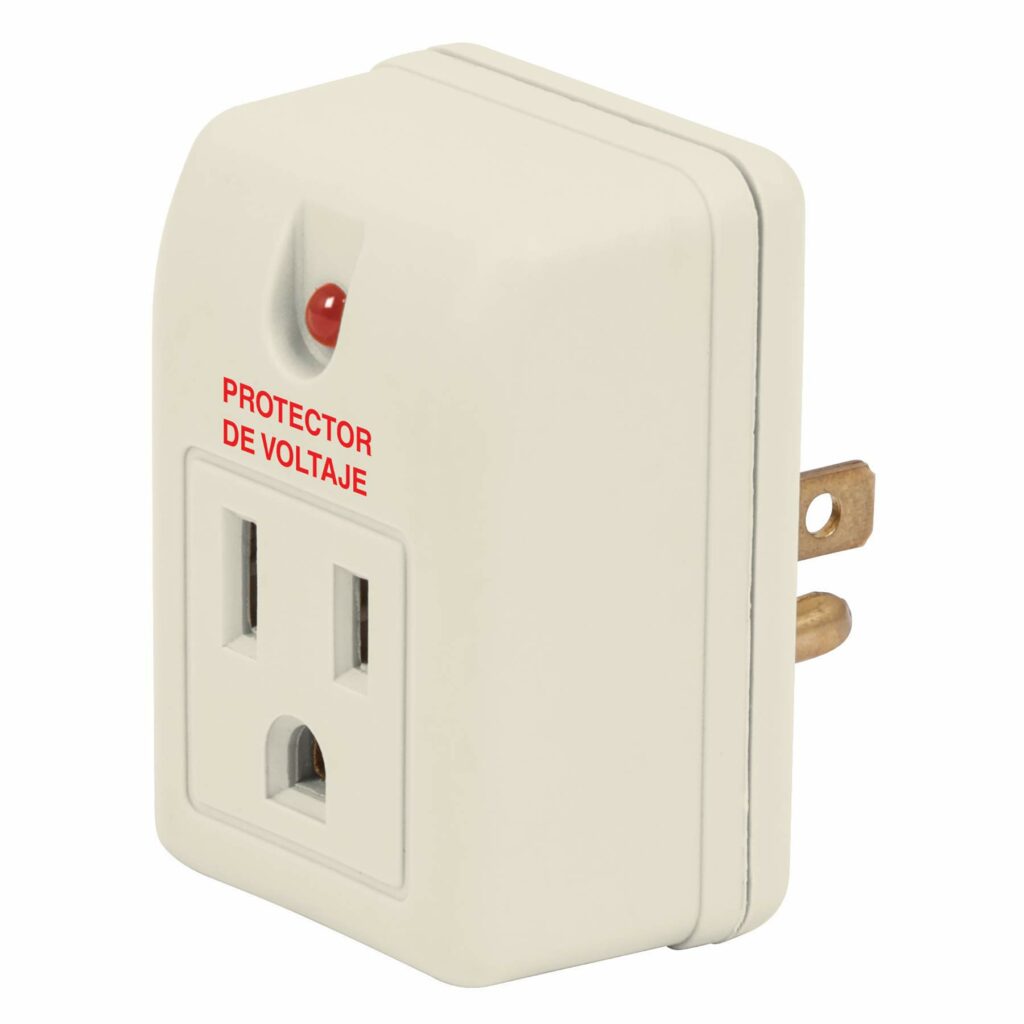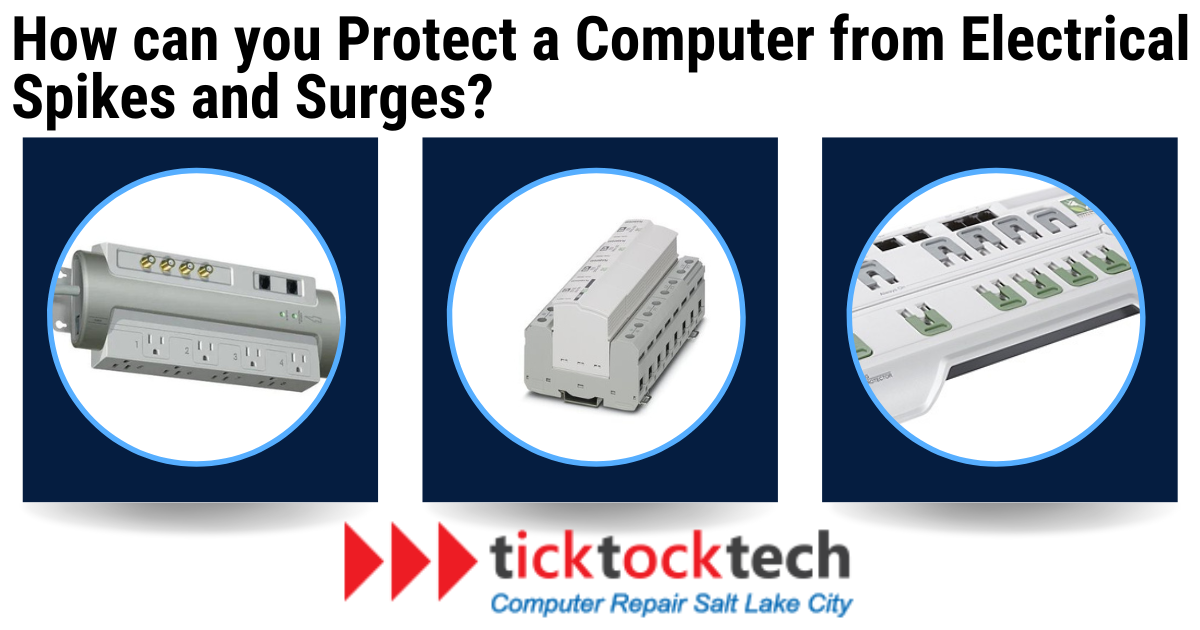When using your computer directly from the power, and not the battery, there are precautions to be taken. Power surges or electric spikes (voltage spikes mostly) could affect your computer, and in worst cases, the motherboard. Needless to say, when a motherboard is damaged, it is most likely unrepairable. This is not to scare you but to emphasize the need for a maintenance culture. Having maintenance in place is sometimes safer than repairs because some issues are not repairable.
Electrical overloads, bad wiring, lightning strikes, and the resumption of electricity following a blackout or power loss can all result in power surges. A power surge’s high voltage might harm your PC’s components right away. Data loss, fried motherboards, and burned-out power supply are a few examples. It can have a significant impact on your laptop PC’s battery life even if there is no physical harm. There are several methods to avoid this, and this piece will outline every simple, but technical, approach to do so. Accompany me for a stroll.
1. Use surge protection devices.
Surge protectors are one of the easiest and most dependable ways to safeguard your computer from unexpected electrical surges. These products, generally known as power strips, are intended to keep your computer from becoming overwhelmed in the case of an electrical surge. Surge protectors are far more modern these days, with features like USB charging connections and LED indicators that show how effectively they’re operating. They also come in cheap adapters that will regulate and help keep the voltage at a standard level. Choose a surge protector that is both UL-approved and has a high watt rating to provide optimal protection.

2. Unplug your computer if you are experiencing an inconsistent power supply.
Unplugging your computer is the simplest and most efficient method in areas with unstable power sources or during storms. Power fluctuations are common during storms and in places with unstable power infrastructure. It is best to remove your equipment as soon as you notice any symptoms. Unplugging your computer protects it from sudden surges. It’s a simple technique to prevent future problems that won’t cost you anything.
3. Use UPS for desktop computers.
In 2024, desktop PCs will require an Uninterruptible Power Supply (UPS). A backup power supply (UPS) functions as both a surge protector and a safe shutdown mechanism in the event of a power outage, safeguarding both data and hardware. Modern UPS systems also include data line protection and software integration, allowing your computer to automatically save your work and shut down in the case of a power outage.
4. Scan and check your computer immediately following the power surge.
It is vital to assess your computer for damage following a power surge. Run a system scan to ensure that everything is operating correctly. If a power surge produces hardware issues, there are software tools available to identify and report these. Keep an eye out for indicators of hardware breakdown, such as the computer failing to boot up, making unusual noises, or producing error messages.

5. Always back up to avoid data loss.
While it is usually feasible to protect or replace physical equipment, data loss is more difficult. Back up your files regularly. By 2024, cloud-based backup services will have automated procedures in place to protect your data and make it easier to recover in the case of an electrical surge damaging your computer. In addition to virtual backups, external drives with surge protection capabilities provide physical backups, allowing you to rest easy knowing your data is protected in more than one location. For the best result, you can use the 3-2-1 backup strategy for your computer.
How does Power Surge Damage a Computer or PC?
Electrical spikes or surges can cause significant damage to your computer system. These sudden voltage spikes can surpass the limits of your computer’s components, resulting in immediate damage or gradual deterioration. The power supply, motherboard, and hard drive are the most susceptible components. Surges have the potential to cause severe damage to these components, leading to the loss of valuable data or even a total system breakdown.
Surges can occur during lightning storms or power outages and can travel through various types of lines, such as power lines, telephone lines, or internet cables. The heightened electrical pressure can cause an excessive flow of current through your device, which may lead to overheating and circuit damage.
Steps to Take Right After a Power Surge or Voltage Spike
Reacting quickly to a power surge is crucial in protecting your computer. As a computer technician, I would advise you to start by disconnecting your device from the power source to avoid any potential additional harm. Next, it’s important to check the functionality of your surge protector (if you’re using one). Surge protectors often come equipped with indicators that display their current level of protection.
Inspect your computer for any indications of damage. If the device fails to power on, it may indicate a potential issue with the power supply. However, it’s important not to jump to conclusions. Sometimes, a simple reset can solve the issue with your computer. If you’re uncertain about the next steps, it’s advisable to seek guidance from an expert.
When to Seek Professional Help
If your computer has experienced a power surge and is exhibiting abnormal behavior or physical damage, it is advisable to consult a professional for assistance. An experienced technician has the expertise to evaluate the extent of the damage and ascertain if your computer can be repaired.
Occasionally, certain components may require replacement, such as the power supply or motherboard. Nevertheless, in the event of hard drive damage, there is a potential for data loss. Expert assistance is available to retrieve data from damaged drives.
Take Away
Consider basic but effective measures for protecting your computer against electrical spikes or surges. Use surge protectors, unplug during unstable power supplies, get a UPS for desktops, inspect your computer after a surge, and always back up data. These techniques take a proactive approach to protecting your computer’s health from unexpected electrical surges. Implementing these procedures will secure your precious data and hardware, ensuring that your computer remains safe and operational for years to come. Adopt these preventative measures to confidently traverse the electrical problems of 2024.
FAQs
To fix a power surge, disconnect your gadgets soon after it occurs and reset your surge protector. Check your gadgets for any signs of damage and, if required, seek expert assistance.
If your PC doesn’t start after a surge, it might be because of a faulty power supply, motherboard, or other vital components. It is recommended to have a specialist diagnose the problem.
Yes, a PC damaged by a power surge may usually be fixed, depending on the amount of the damage. Components like as the power supply or motherboard may be changed, but if the hard disk fails, data recovery may be necessary.

